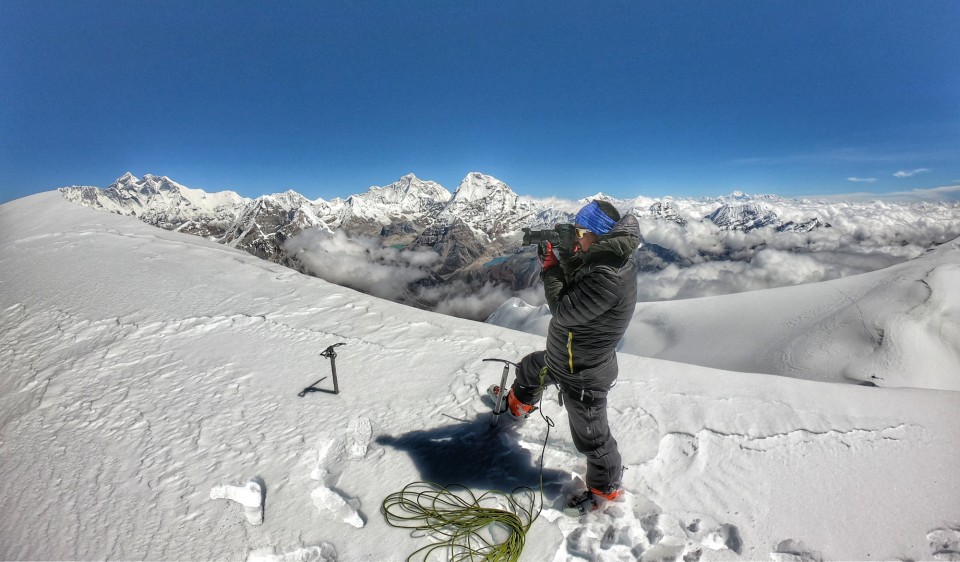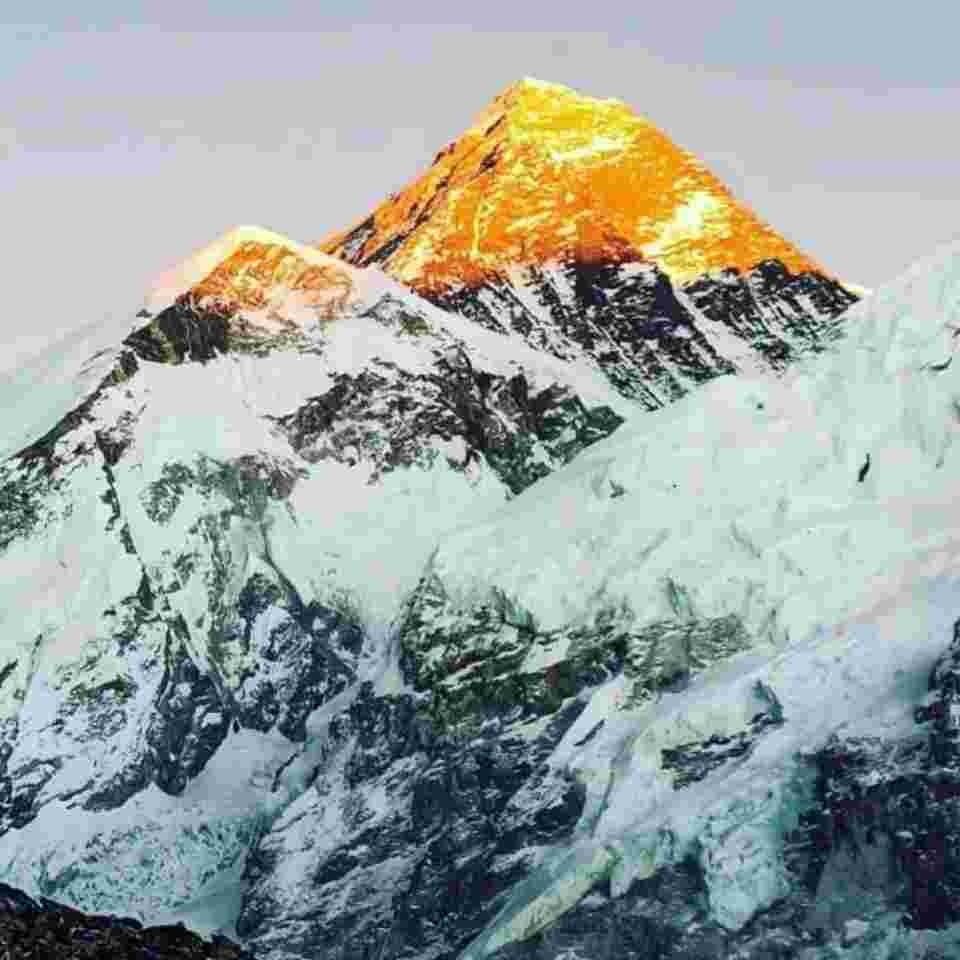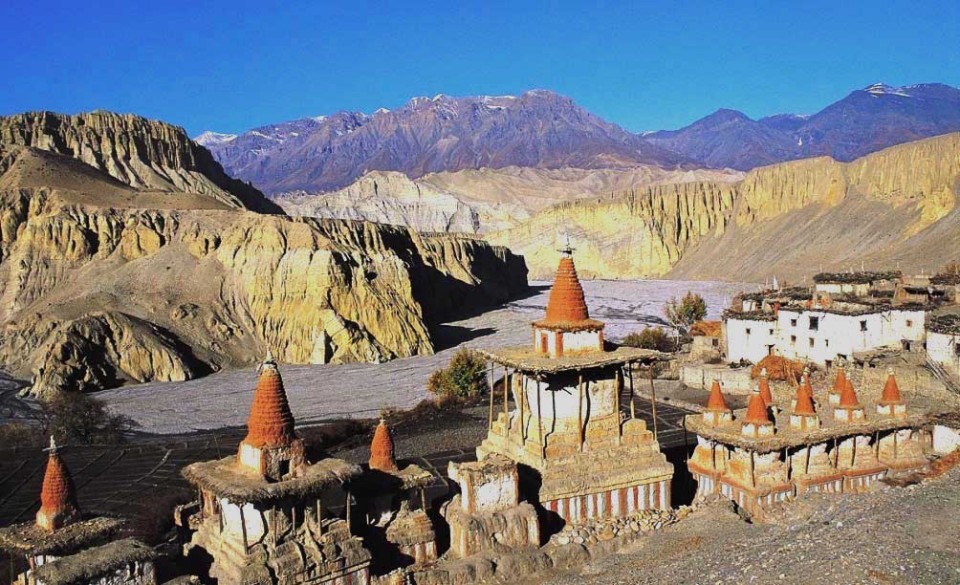- 23, Sep 2023 |
- adventuremagic.com
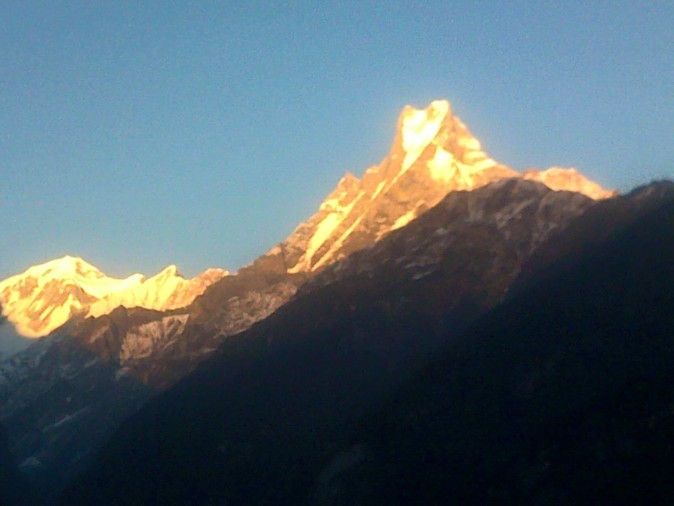
Best Time to Trek Annapurna Base Camp
Is autumn the ideal season the Annapurna Base Camp Trek?
Nepal experiences autumn, sometimes referred to as the pre-winter season, in the months of September, October, and November. Following the monsoon season and before winter, this time of year has some of the greatest weather. The weather is generally pleasant for hikers, with warm days and cold mornings and evenings. The Annapurna range is magnificently visible throughout the day because the skies are clear. The average daytime temperature is between 12 and 20 degrees Celsius, while the average nighttime temperature is between minus 3 and 4 degrees Celsius.
Additionally, since autumn falls during harvest, visitors can encounter farmers tending to their crops in the fields. The popularity of the trail, which can become congested with other hikers, is the only potential drawback to traveling during this time of year. However, for individuals who prefer socializing, the bustling teahouses and interactions can be fun. Due to its wonderful weather, autumn is generally a great time to start the Annapurna Base Camp Trek.
Can you Trek to Annapurna Base Camp in Winter?
Winter trekking to Annapurna Base Camp in Nepal is difficult owing to adverse weather conditions. The path, on the other hand, is less congested, making it ideal for those looking for a more private experience. The mountain views are breathtaking, but be prepared for temperatures ranging from 0 to 5 degrees Celsius during the day and negative 10-15 degrees Celsius at night. Trekking in the winter can be dangerous due to snow-covered trails and an increased risk of avalanches. We do not recommend visiting ABC in the winter.
Is spring the ideal season for the Annapurna Base Camp Trek?
The optimum time to trek to Annapurna Base Camp is in the spring (March to May). The temperature is pleasant throughout the day but chilly at night. The trees are lush, and rhododendrons bloom, brightening the trail. However, it can be congested at this time of year.
Can I trek to the Annapurna Base Camp in summer/monsoon?
Nepal has its monsoon and summer seasons from June through August. During the day, temperatures normally vary from 20 to 25 degrees Celsius, plunging to a negative 1-2 degrees Celsius at night. While sweltering days might be difficult, monsoon rain provides some relief from the intense heat.
The monsoon, on the other hand, brings with it obstacles such as leeches and landslides, making it tough for many trekkers. When the rain stops and the sky clears, the scenery transforms into beautiful post-rain mountain vistas. Trekking is possible throughout the monsoon/summer season, but be prepared for muddy routes, frequently obscured mountain vistas due to cloudy circumstances, and rain. Flight delays and cancellations are typical during the monsoon season in Nepal, which can be inconvenient, especially if you are on a tight schedule.
When is the Annapurna base camp trek crowded?
The Annapurna Base Camp hike in Nepal is popular with trekkers, and certain times of year are busier than others. The Annapurna region's peak trekking seasons, including the Annapurna Base Camp trek, are generally in the spring (March to May) and autumn (September to November). These times of year have the best weather and visibility, making them ideal for trekking.
Many trekkers will be on the trail during these peak seasons, and popular teahouse accommodations may get congested. The paths can become congested, especially near famous vistas and rest stops.If you prefer a less crowded experience, consider hiking during the off-season. Winter (December to February) and monsoon/summer (June to August) have fewer hikers than peak seasons. However, it is crucial to know that the weather conditions at these times can be more demanding, with cooler temperatures and the possibility of rain or snowfall. Trekking during these seasons necessitates appropriate planning and caution.
Finally, the level of crowding can be affected by additional factors such as the precise time of year during peak or off-peak seasons, the popularity of the journey in a given year, and unforeseen circumstances such as global events or local conditions.
Other Blogs
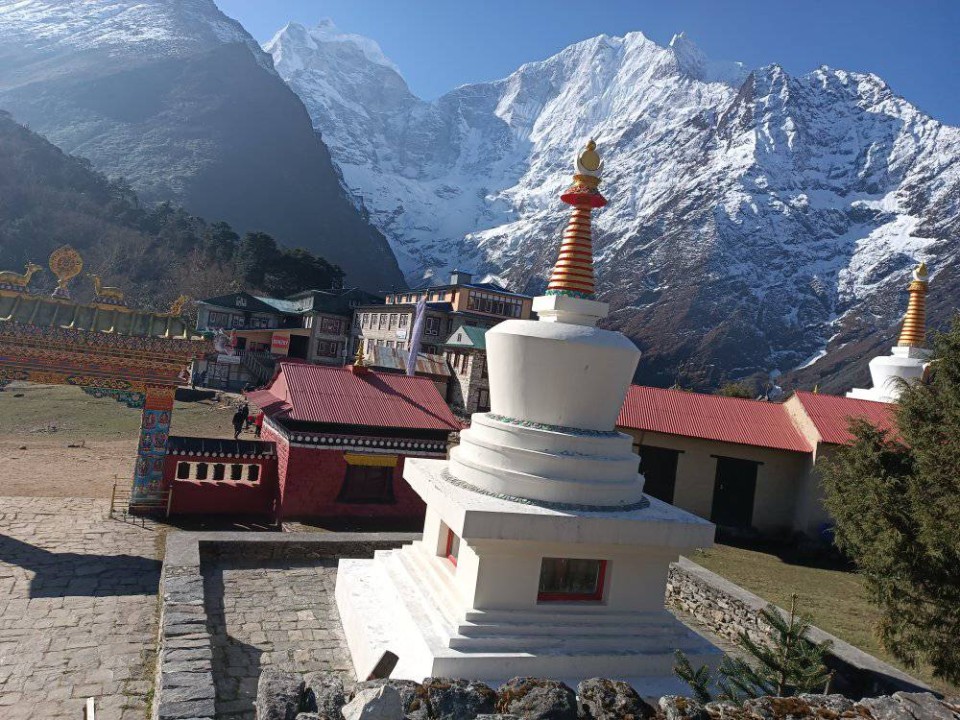
Guide and Porter Hire in Kathmandu
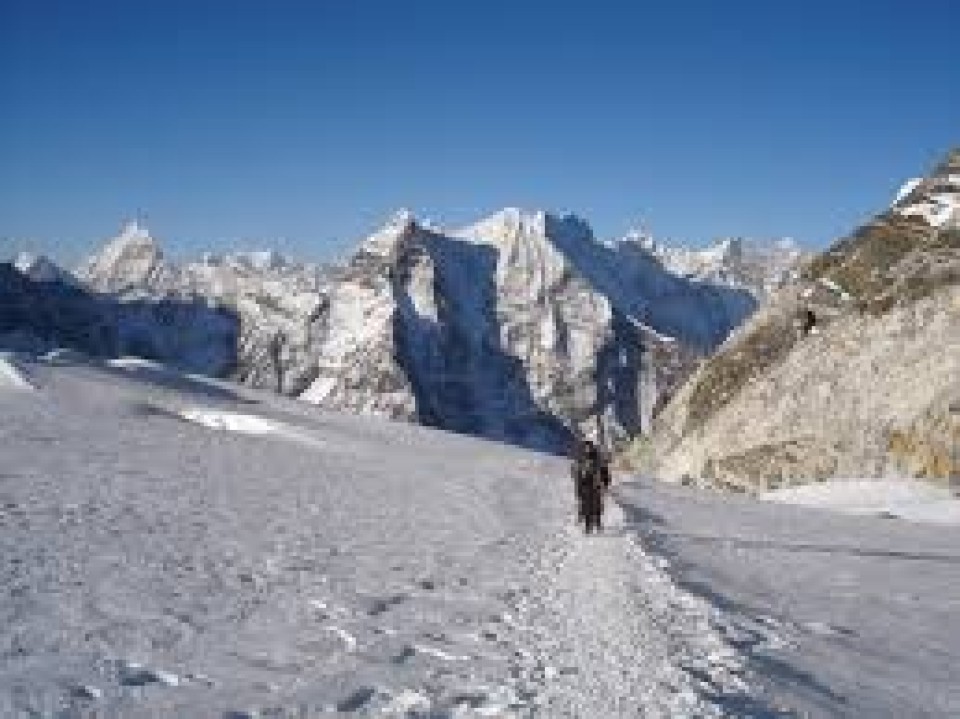
Best Time to Climb Island Peak
